Rhubarb Bugs
muddykoinz
14 years ago
Related Stories

KITCHEN DESIGNObsessed With Gray in the Kitchen
See How to Use This Sexy Neutral to Heat Up Your Cookspace
Full Story
GARDENING GUIDES10 Easy Edibles for First-Time Gardeners
Focus on these beginner-friendly vegetables, herbs, beans and salad greens to start a home farm with little fuss
Full Story
GARDENING GUIDES8 Plants for a Deliciously Fragrant Fall Garden
Scent the autumn air with the perfume of caramel corn, honey and spices by adding these intoxicating plants to your landscape
Full Story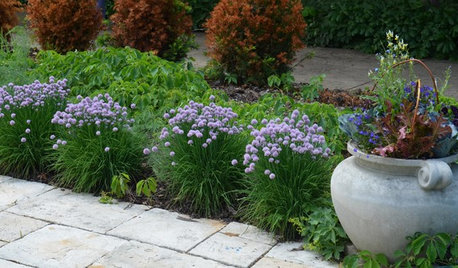
GARDENING GUIDESEdible Plants That Double as Ornamentals
Try growing these tasty plants with your ornamentals for an attractive garden and fresher meals
Full Story
FARM YOUR YARDHouzz Call: Home Farmers, Show Us Your Edible Gardens
We want to see where your tomatoes, summer squashes and beautiful berries are growing this summer
Full Story
EDIBLE GARDENSNatural Ways to Get Rid of Weeds in Your Garden
Use these techniques to help prevent the spread of weeds and to learn about your soil
Full Story
GARDENING GUIDESLush, Foodie Abundance in a Small Urban Garden
This modest backyard garden provides its owner with fruit and vegetables all year round, thanks to an innovative low-maintenance approach
Full Story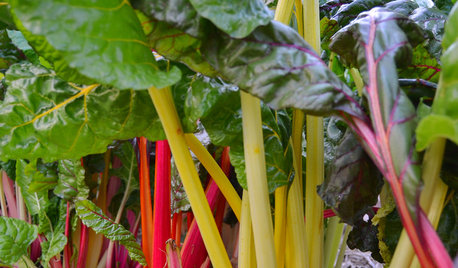
GARDENING GUIDESCool-Season Vegetables: How to Grow Chard
A year-round garden favorite with a colorful stem, Swiss chard comes into its own in early spring and in fall
Full Story
MOST POPULARHow to Start a Cool-Season Vegetable Garden
Late summer and late winter are good times to plan and plant cool-season crops like salad greens, spinach, beets, carrots and peas
Full Story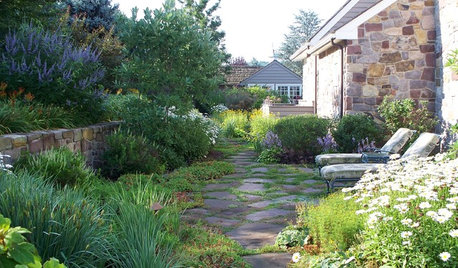
PATIO OF THE WEEKKeep a Secret Garden on the Side
Privacy and plantings are the focus of this Philadelphia side yard, offering a respite from a busy backyard
Full Story

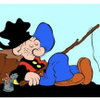
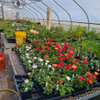
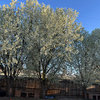
nativewines
muddykoinzOriginal Author
Related Professionals
Chattanooga Landscape Architects & Landscape Designers · East Rancho Dominguez Landscape Architects & Landscape Designers · Roosevelt Landscape Architects & Landscape Designers · Barrington Landscape Contractors · Mastic Beach Landscape Contractors · Methuen Landscape Contractors · Selden Landscape Contractors · Soddy Daisy Landscape Contractors · Tavares Landscape Contractors · Teaneck Landscape Contractors · Kingsburg Landscape Contractors · North Hills Landscape Contractors · Reedley Solar Energy Systems · Whitney Solar Energy Systems · New Lenox Solar Energy Systemshighalttransplant
Skybird - z5, Denver, Colorado
muddykoinzOriginal Author
jnfr
sleis_vcn_com
highalttransplant
digit
mstywoods